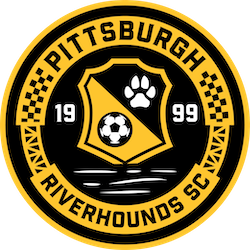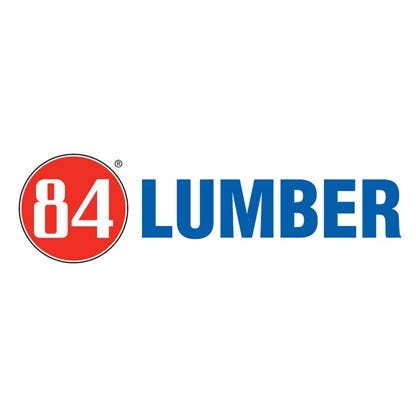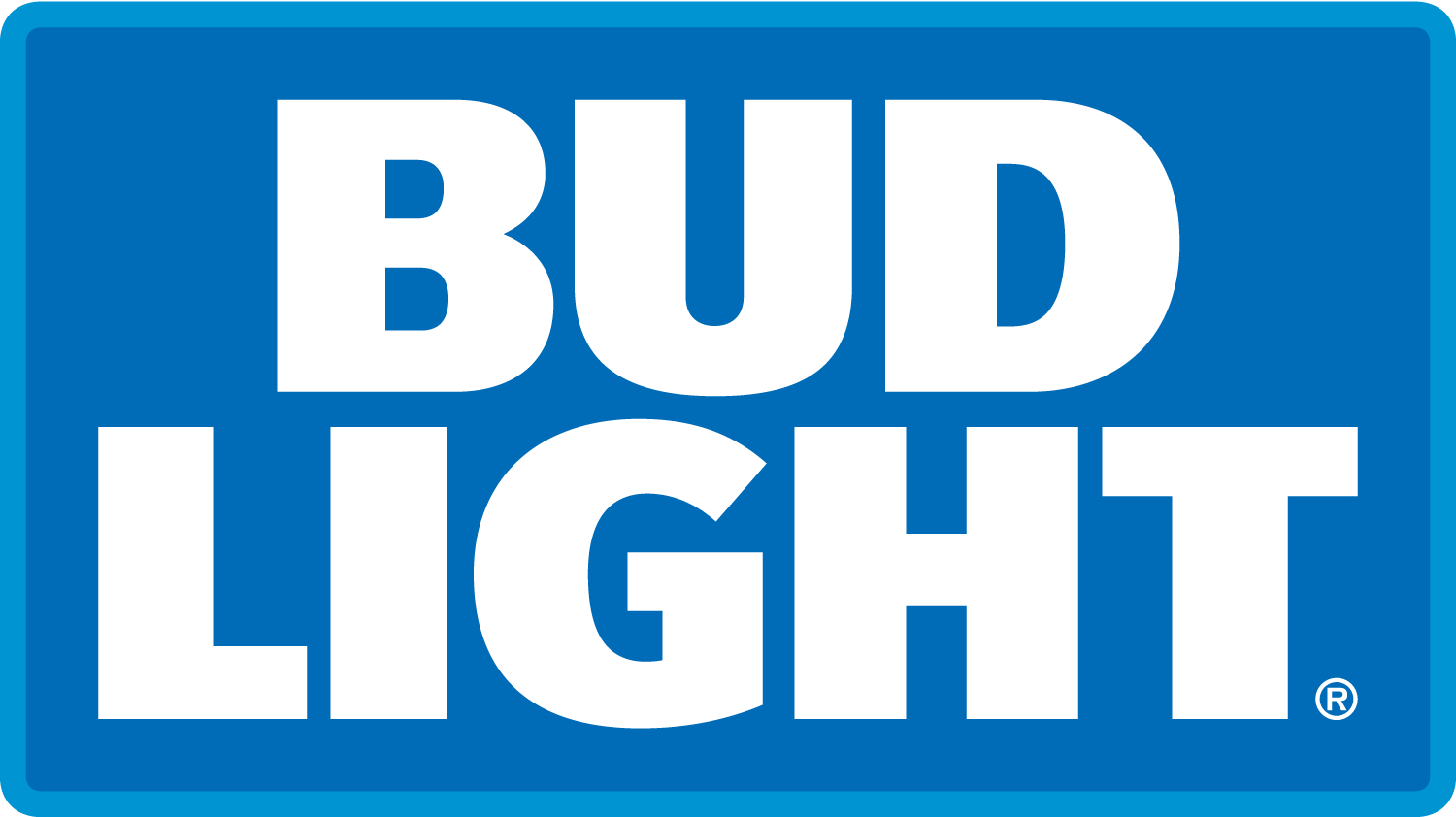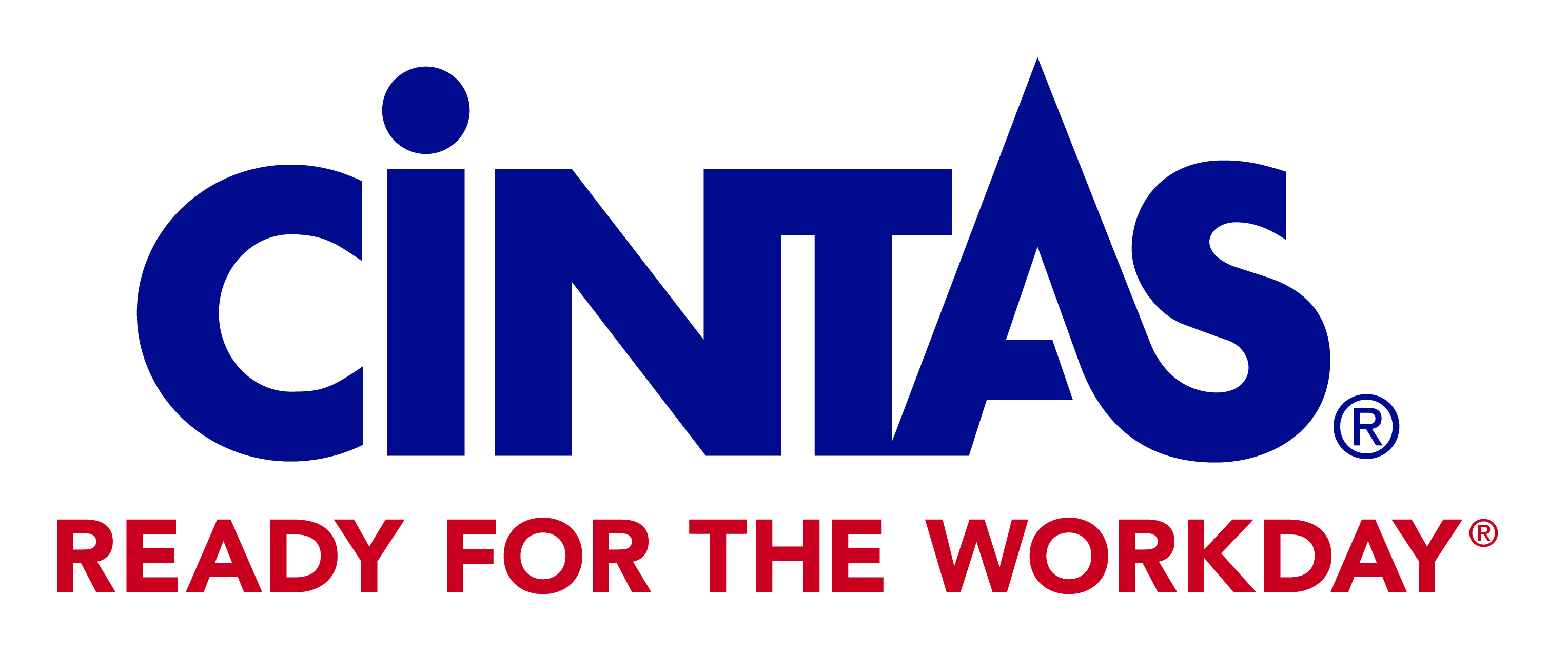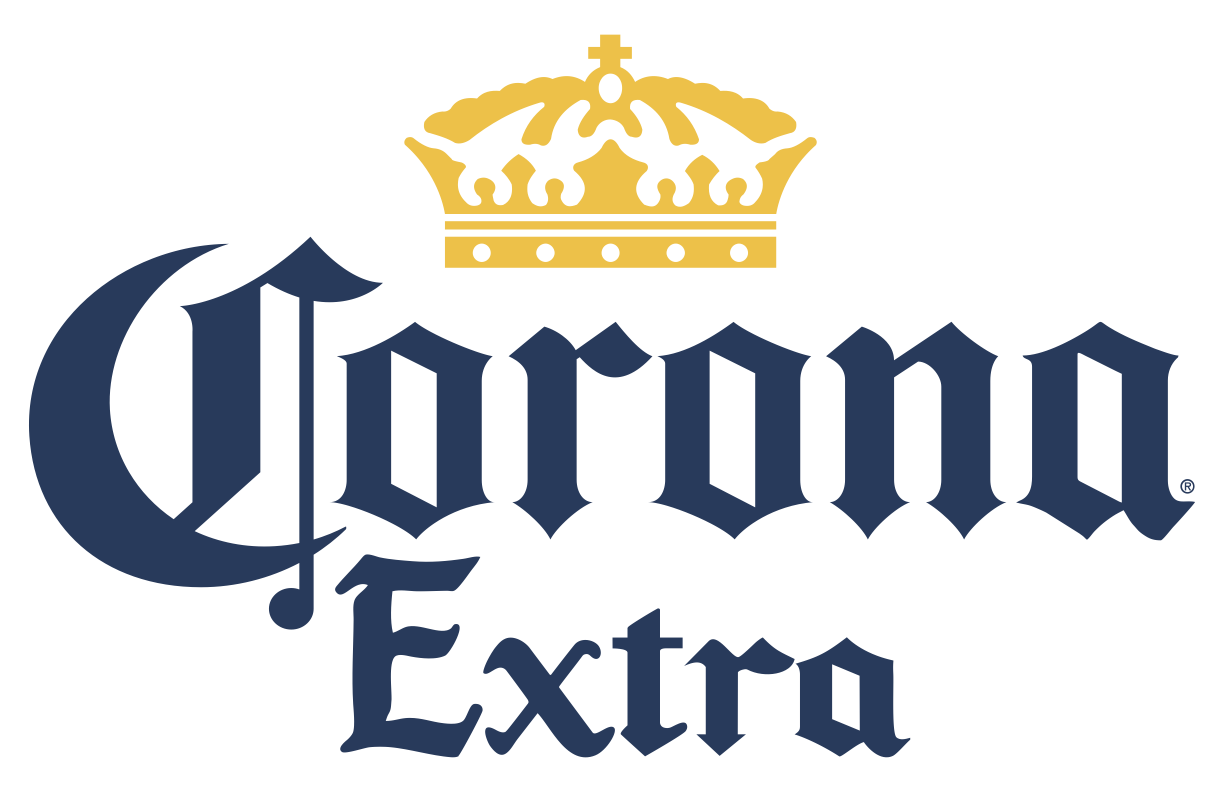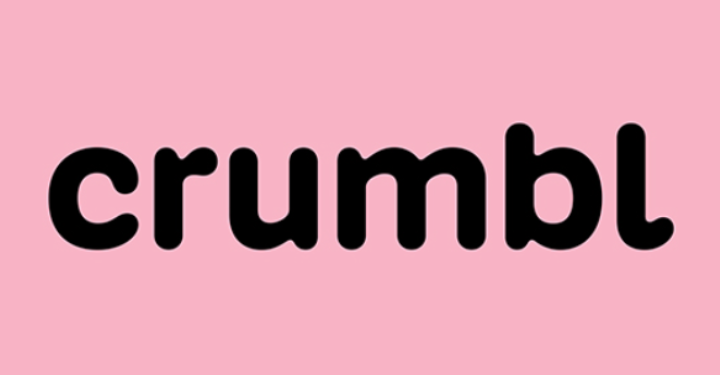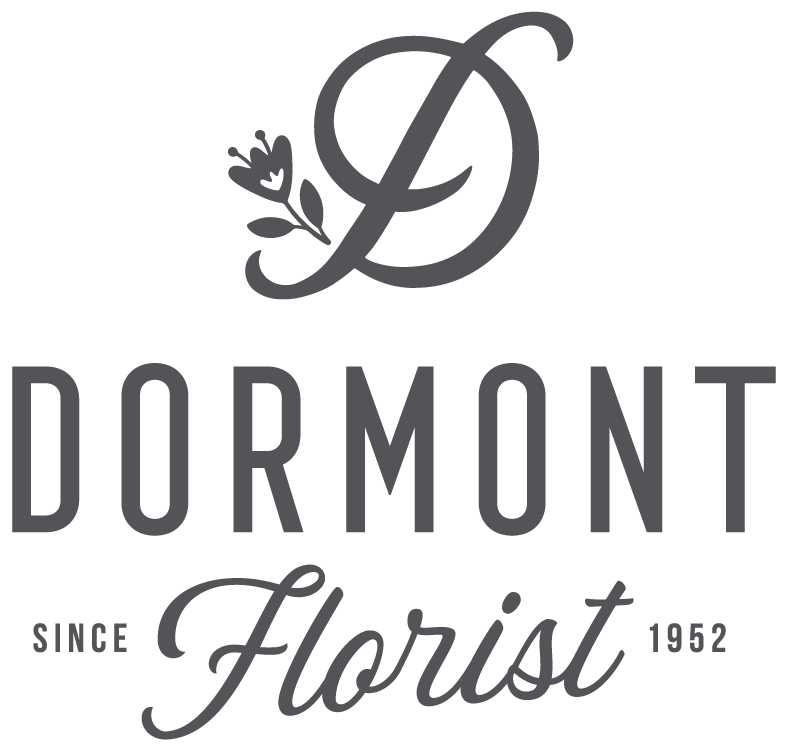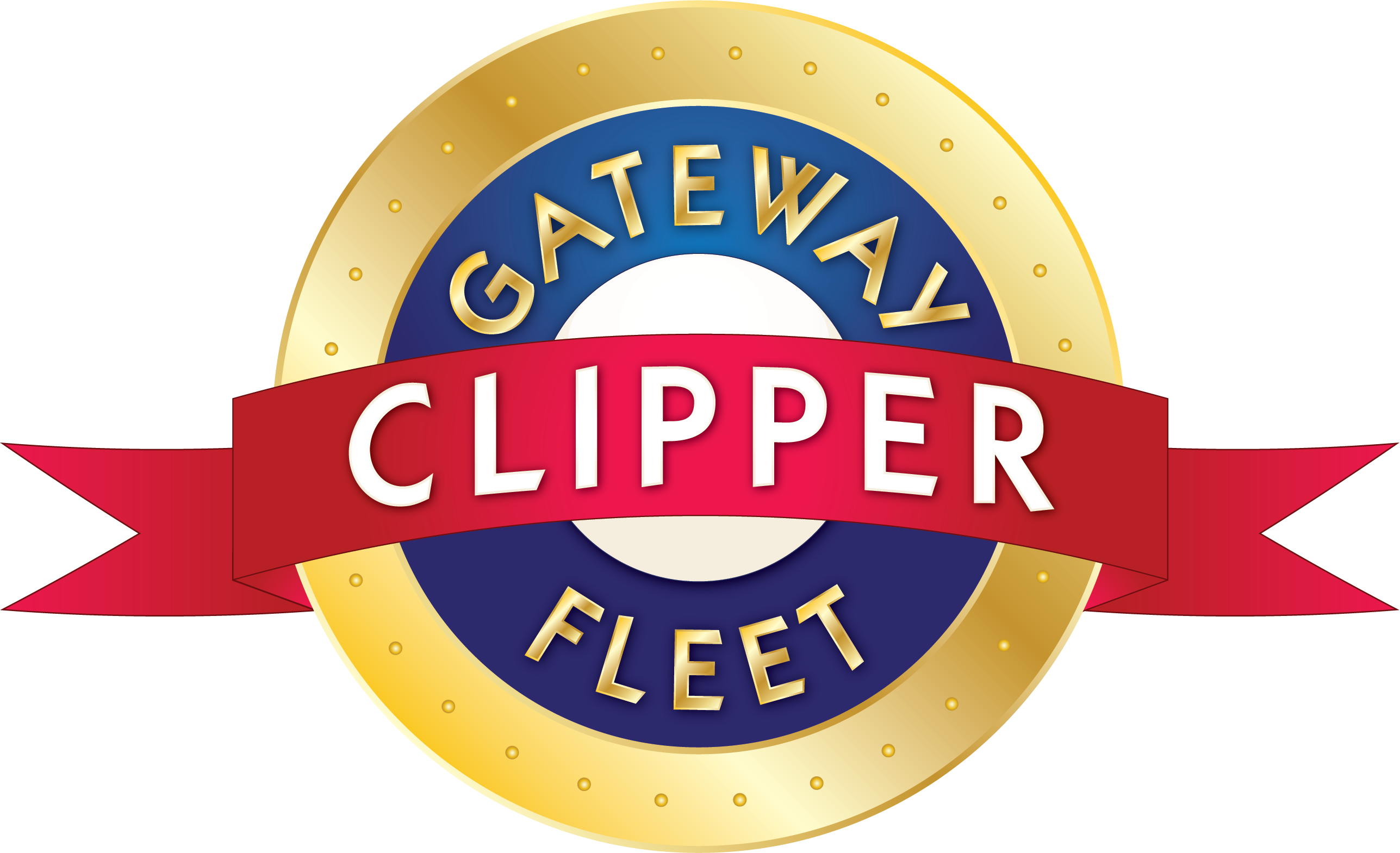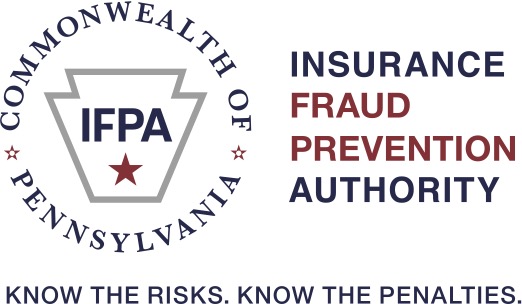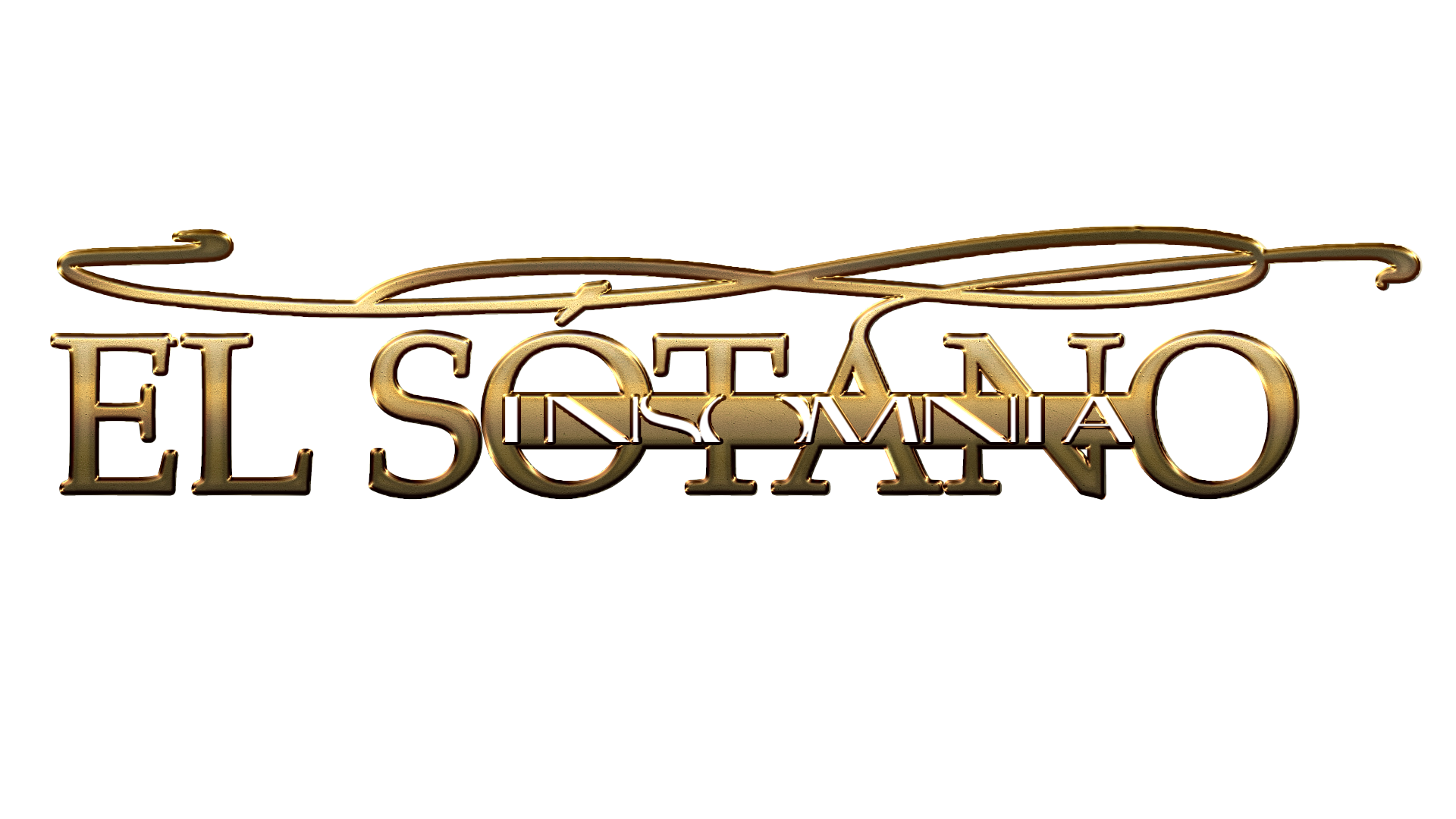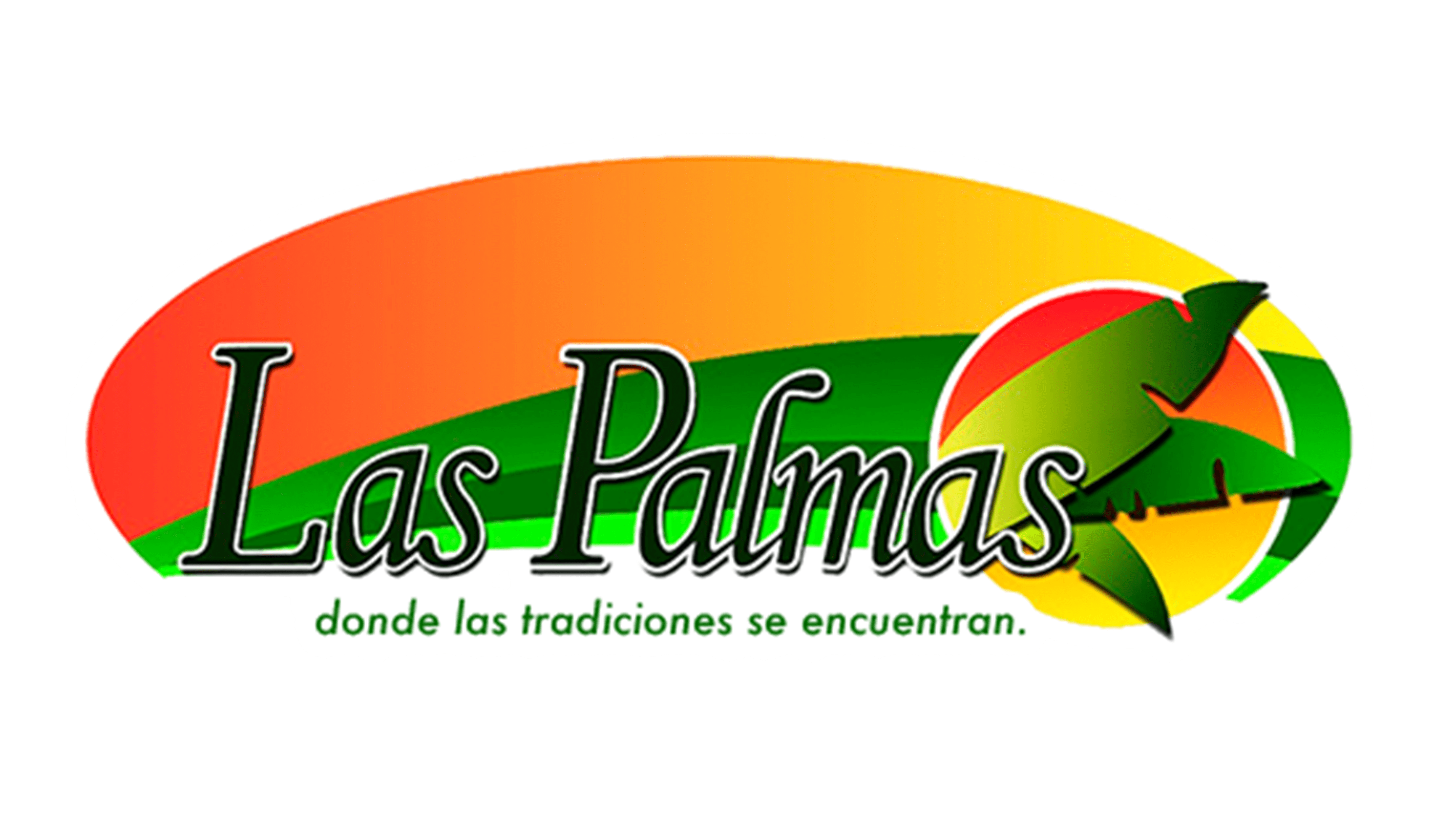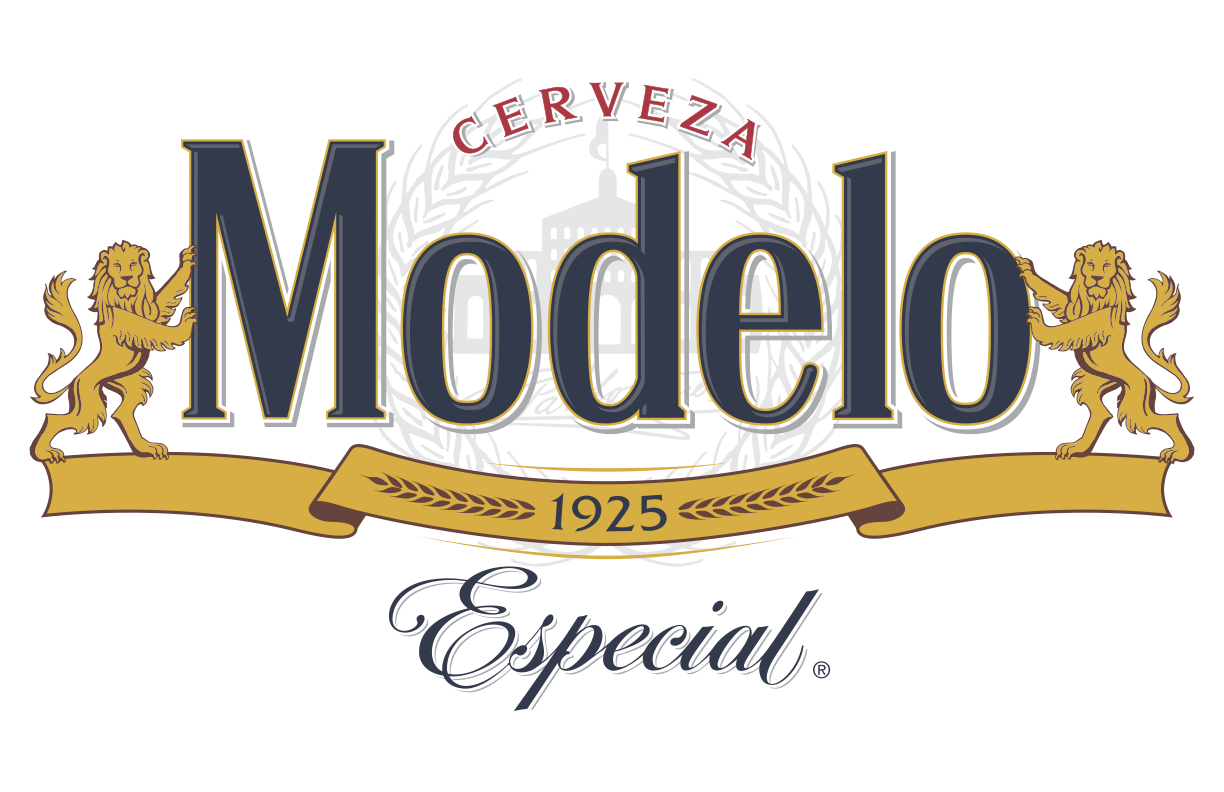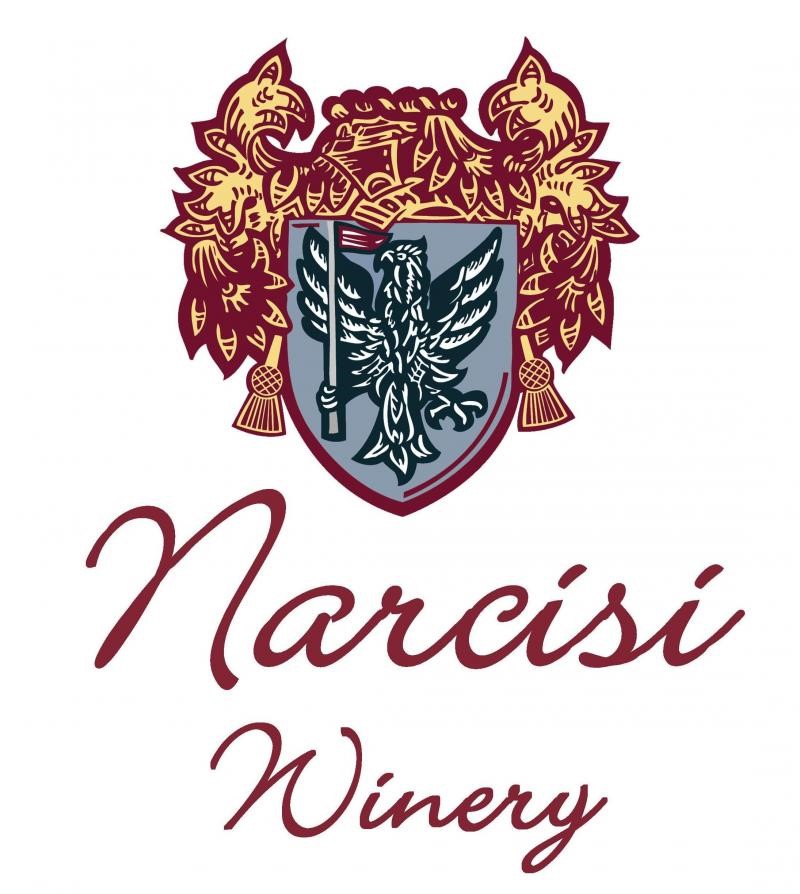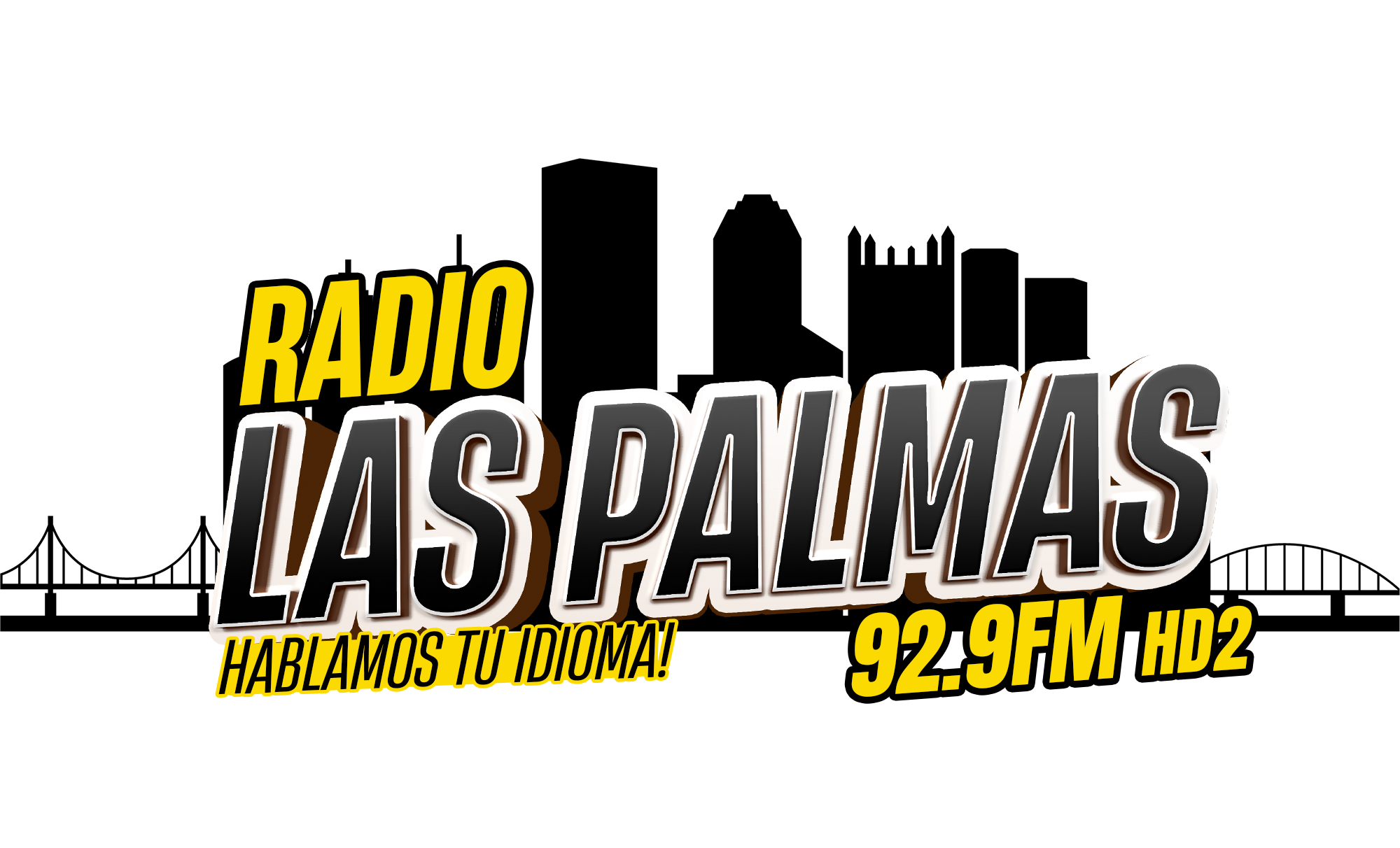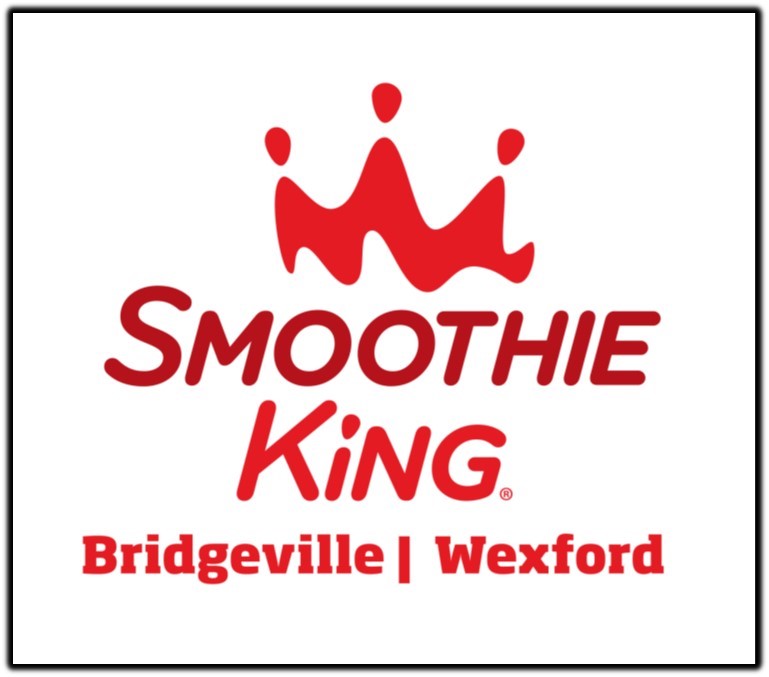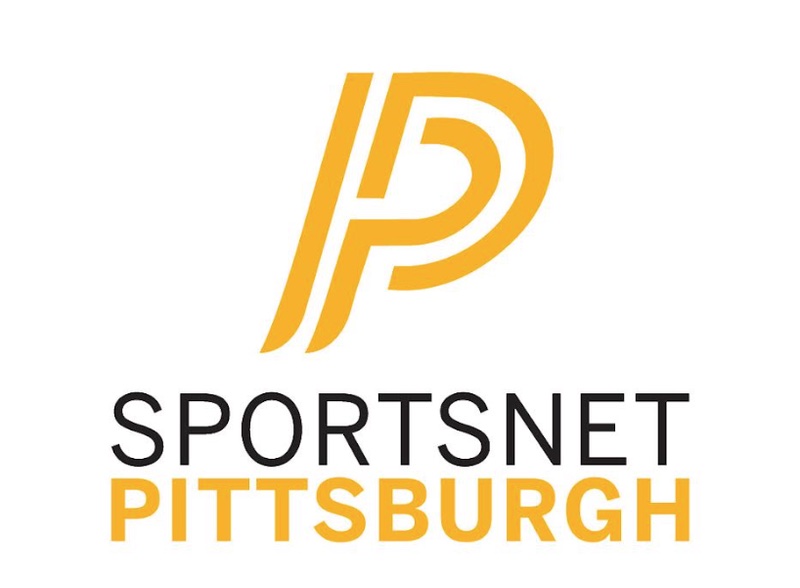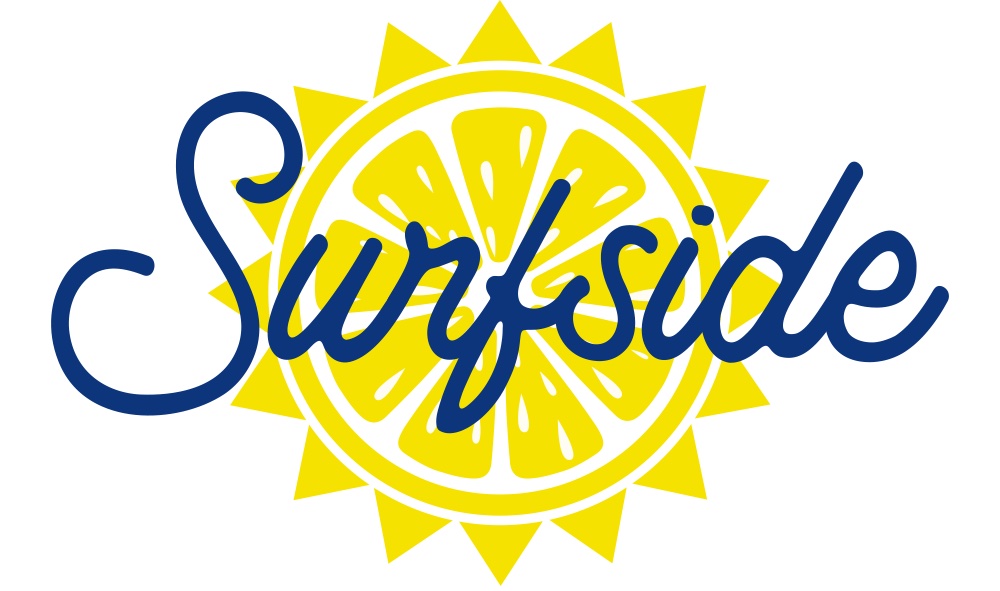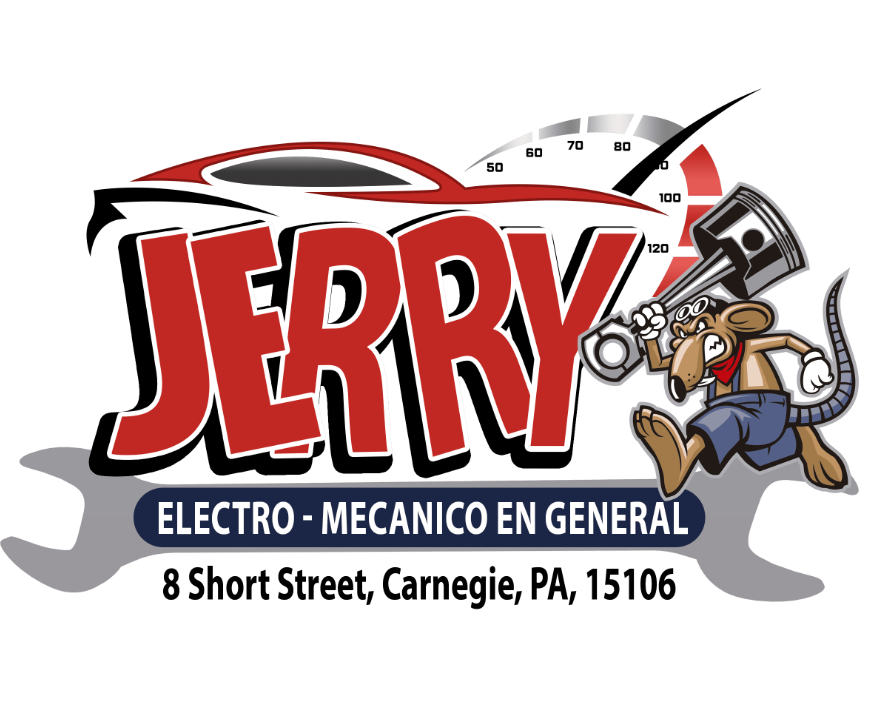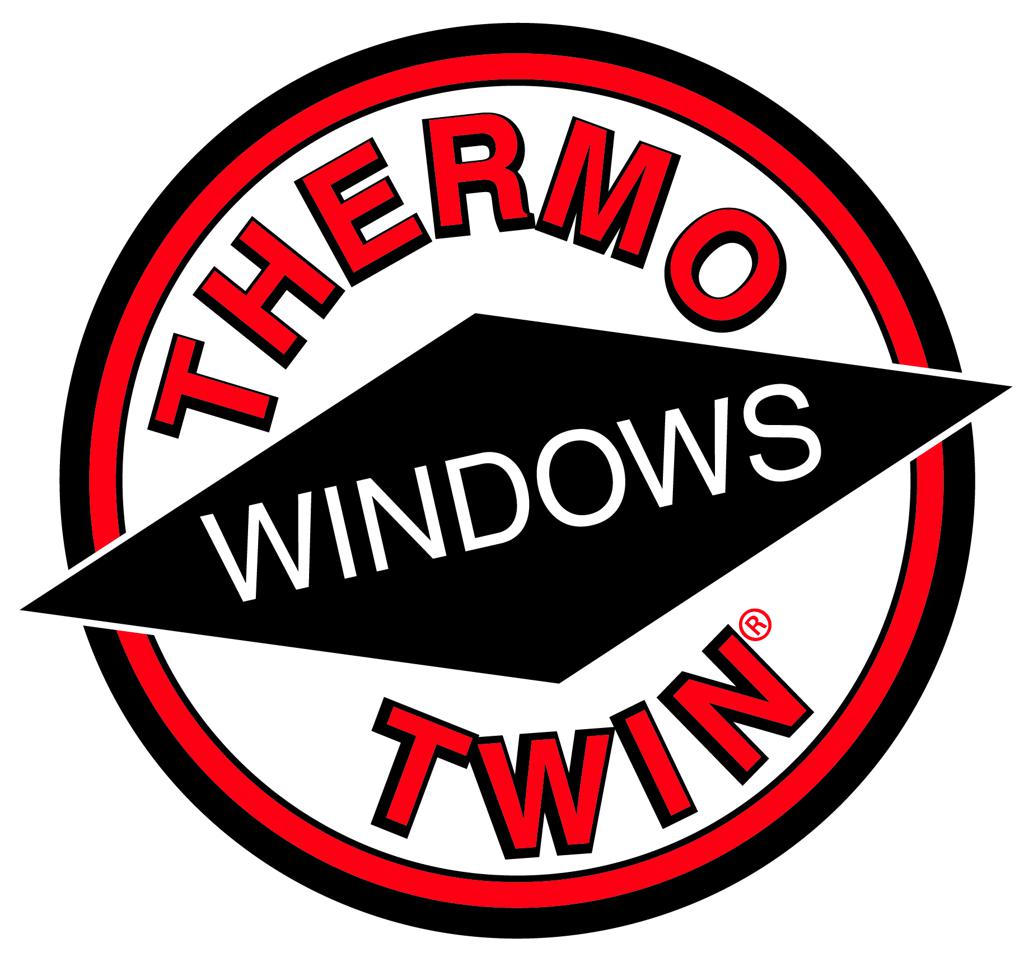The Riverhounds have quite a history to look back upon.
There is Highmark Stadium, Coach Bob and King Kenny, a Miracle on the Mon, a Players’ Shield, Open Cup runs, three Golden Boots, a hiatus and triumphant return, a visit from the FA Cup holders, and games at Chartiers Valley and in the Caribbean on consecutive weekends.
But before any of that could happen, the team had a starting point: May 1, 1999 at Bethel Park High School.
It was 25 years ago today that the Pittsburgh Riverhounds Soccer Club — then known simply as the Pittsburgh Riverhounds — stepped on the field for their first competitive match, setting in motion a history that now spans more than 700 matches. The team played host to the Cincinnati Riverhawks in a USL A-League match in front of a standing-room-only crowd of 5,639, who were witness to the beginning of a professional soccer club that has endured and thrived longer than any other in the city’s history.
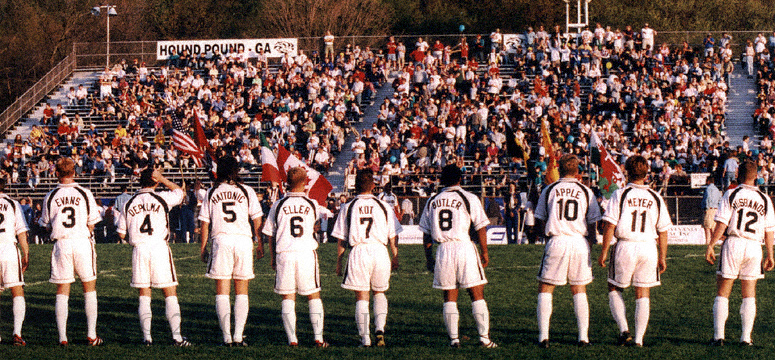
More than a year of planning went into getting the Riverhounds off and running from the time they were first announced as the brainchild of founder Paul Heasley in 1998. Even the name was a second attempt, as the initial branding — the Riverdogs — was nixed because a minor league baseball team in Charleston, S.C., held the rights to that name after their own rebranding in 1994.
But when it all came together, it was a day the players who took part in the game will never forget.
“It’s still a pretty vivid memory, just the walk down from the locker room to the field to play a professional game in Pittsburgh was special,” said Gary DePalma, one of the Pittsburgh natives on the original Hounds. “I can remember the crowd, the bagpipes playing, just the feeling of stepping onto the field. I remember that feeling — not so much the actual game, maybe just a play here or there — but the excitement of that day.”
The excitement was real, not just for the first game, but for the return of pro soccer to Pittsburgh. The first season saw the team average 4,178 fans per game playing in the South Hills, a season-long mark that stood until being broken in 2023.
The Hounds wore their home white kits with black and red trim, as were their colors at the time — in retrospect, perhaps one of the few faux pas of the founding ownership was to deviate from Pittsburgh’s black & yellow — and one glance at the baggy Umbro uniforms from that day is a perfect reminder of the style of the late 1990s.
“The early front office of the organization did a great job getting fans out there and getting the name out there. The first year, the players and coaching staff had to do a lot of work to get out there in the community and let people know we were playing,” said Justin Evans, the first player acquired by the Hounds and still a part of the team’s academy.
Evans continued: “We had to walk across the parking lot from Bethel Park down to the locker rooms, and the place was filled with people grilling, having a few adult beverages, and there was a lot of excitement. And then the game kicked off, and the place seemed really alive.”
Alive from the start, it took only about a half hour for Bethel Park to erupt.
Evans played a simple pass across the midfield to Emil Haitonic, and the Romanian dribbled forward to reach about 30 yards from goal. Still with space, Haitonic fired his way into club history, picking out the bottom left corner of the goal and putting the Hounds on the board for the first time ever.
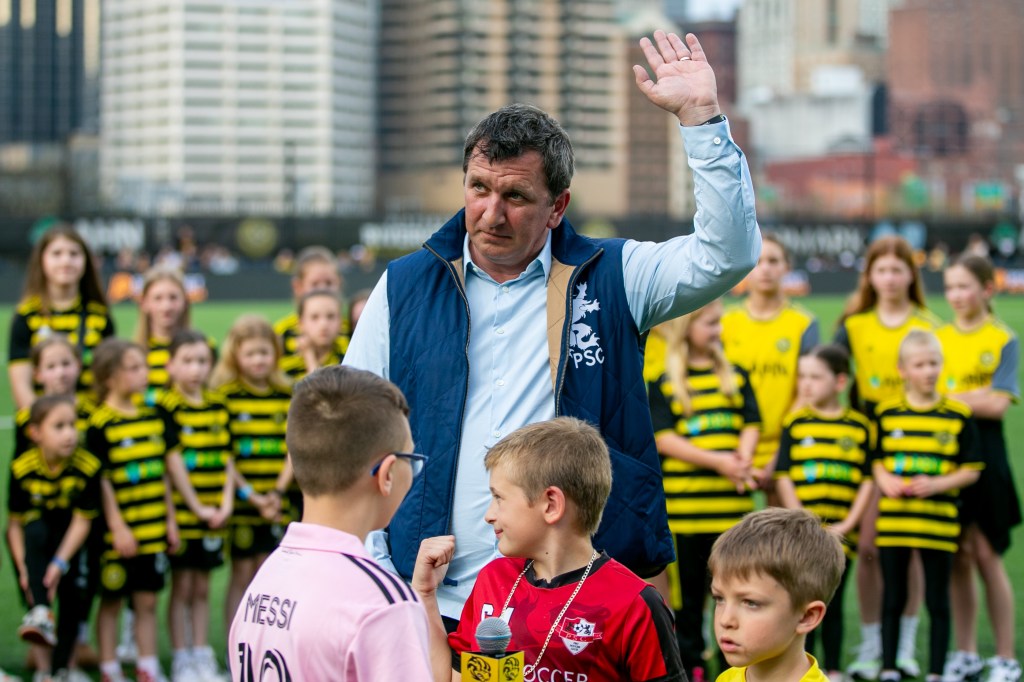
There were plenty of twists and turns to come in the match, which Cincinnati tied before halftime with a Craig Yacks penalty kick. Brett Strang put the visitors ahead after halftime, but the Hounds didn’t go down without a fight, as Tenywa Bonseu rose to head in a corner kick in the 75th minute to tie the match, 2-2.
The match stayed level to full time and through extra time, taking the first match in Hounds’ history to another lost vestige of the 90s: the MLS-style shootout.
The 1999 season was the final year the A-League would settle regular-season matches with the ice hockey-inspired tiebreaker, and Cincinnati would deprive the Hounds of a result in their inaugural match as a result, losing 4-3 in the shootout. (Coincidentally, the Hounds would only go to one other MLS-style shootout that season, which they won 2-1 over the Bob Lilley-led Hershey Wildcats after a 1-1 draw on Aug. 7.)
The result of the match aside, the seeds were planted for success that day. Twenty-five years later, the Hounds are still thriving, and with a roster that includes 11 players who were yet to be born on the day their team began play.
“As a kid, I used to go to Pittsburgh Spirit (indoor soccer) games all the time. I had that in my mind of pro soccer in Pittsburgh, and it was really cool to be a part of it coming back,” DePalma said. “We watched soccer come and go in the U.S. Pelé and the NASL not being able to stick, then indoor soccer coming and not being able to stick — we hoped we were part of something that would stick and stay, but it was hard to see at the time we were kicking off the next generation of pro soccer.”
This generation of pro soccer lives on into its second quarter century when the team hosts Miami FC this Saturday, May 4.
On the heels of a regular-season record crowd last Saturday of 6,099 — among them Haitonic and many other former Hounds players from throughout the year — that see the team knock off Detroit City FC, 2-0, those that were there at Bethel Park in 1999 are glad to see the trail they blazed now stretching even farther.
“I think this is what Paul Heasley’s dream was when he started it all. He bought the land at Montour that was supposed to be the original spot for the stadium, to get out of local high schools. I think he had this vision that was way beyond his years — everyone thought Bethel Park would be it, with the grass and the crowned field — but I believed it,” Evans said.
“It’s taken a lot of work from people who have come and gone through the club to move it forward,” added Evans. “But the way it’s trending now, it’s amazing to see that we need more seats (at Highmark Stadium) to fit the fans, the fact the team’s doing well, and the fact that it’s still growing as a grassroots fanbase. Once they come out, they’re hooked.”
While all of today’s Hounds’ matches are televised and streamed on ESPN+, CBS and the like, catching the Hounds on the screen was much harder in the early days. But Patrick McCarthy, who has preserved much U.S. soccer history on his YouTube channel, has that very first Hounds match available to watch here, uploaded directly from a VHS copy provided by the Hounds’ first head coach, John Kowalski:



























































































































































































































































































